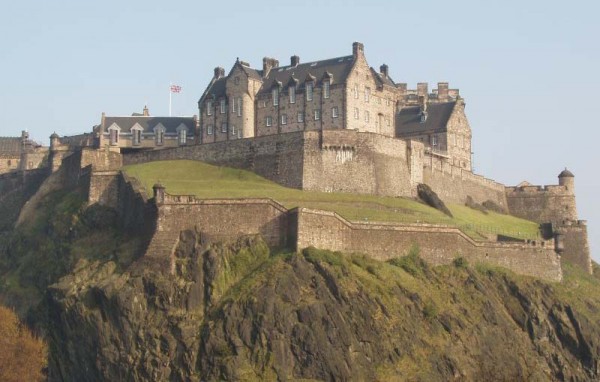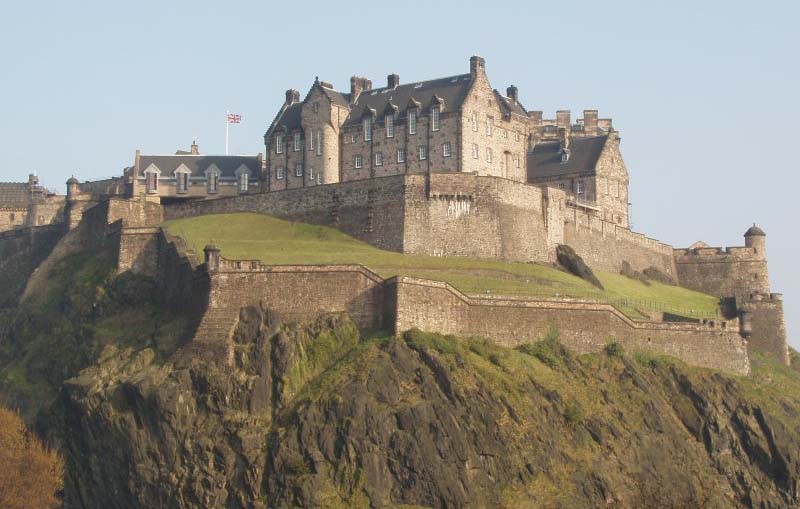Edinburgh Castle is one of Scotland’s most important attractions, and is certainly among the most rewarding experiences when visiting the city of Edinburgh and its sights. The castle dates back to the year one thousand one hundred and thirty by King David I of Scotland.
David I was also responsible for having built the St Margaret’s Chapel, which was named in honor of his mother. The chapel exists even today, and is the most ancient building of now in entire Edinburgh.

Edinburgh Castle was in the hands of the English, and was then recaptured by the Scottish Army. The last invasion was in one thousand seven hundred and forty five. David II ordered the castle to be rebuilt. It was in his honor that David’s Tower, built in the year thirteen sixty eight was named. The tower collapsed in fifteen seventy three, when the English were invading, and the castle was destroyed in cannon fire.
The Half Moon Battery, which was completed in fifteen eighty eight, replaced the David’s Tower. The ruins of the David’s Tower can still be seen under the Battery.
The ritual of firing a gun from the top of the Edinburgh castle at precisely one o clock has its roots as far back as eighteen sixty one. The one o clock gun is fired everyday except Sunday. This was a method of letting know the time to ships sailing in the Firth of Forth. The one o clock gun can be heard almost two miles away, even by ships in the Leith Harbor.
The Crown room of the Edinburgh Castle houses a number of treasures. It houses the Stone of Scone, the Sword of State, the Scepter and last but not the least, the Crown of Scotland. The Sword, the Scepter and the Crown are together called the Honors of Scotland.
These honors were buried in the middle of the 17 t h century so that they could hide it from Oliver Cromwell, an invader. Cromwell invaded Scotland, had the king executed, and overtook the castle in the year sixteen fifty.

These honors were rediscovered by famous novelist Sir Walter Scott, in eighteen eighteen, and were again put on display. The Honors were buried yet again in the nineteen forties at the time of the Second World War fearing German invaders. These were dug up in nineteen fifty three, and were returned on display.
There is also a dog cemetery in Edinburgh castle where dogs that served as mascots for army regiments and pets of soldiers were buried here. This is not open to general public.
Also do not miss a performance of the Military Tattoo by any chance. There are bagpipes and drums played by army men and civil drum corps.
